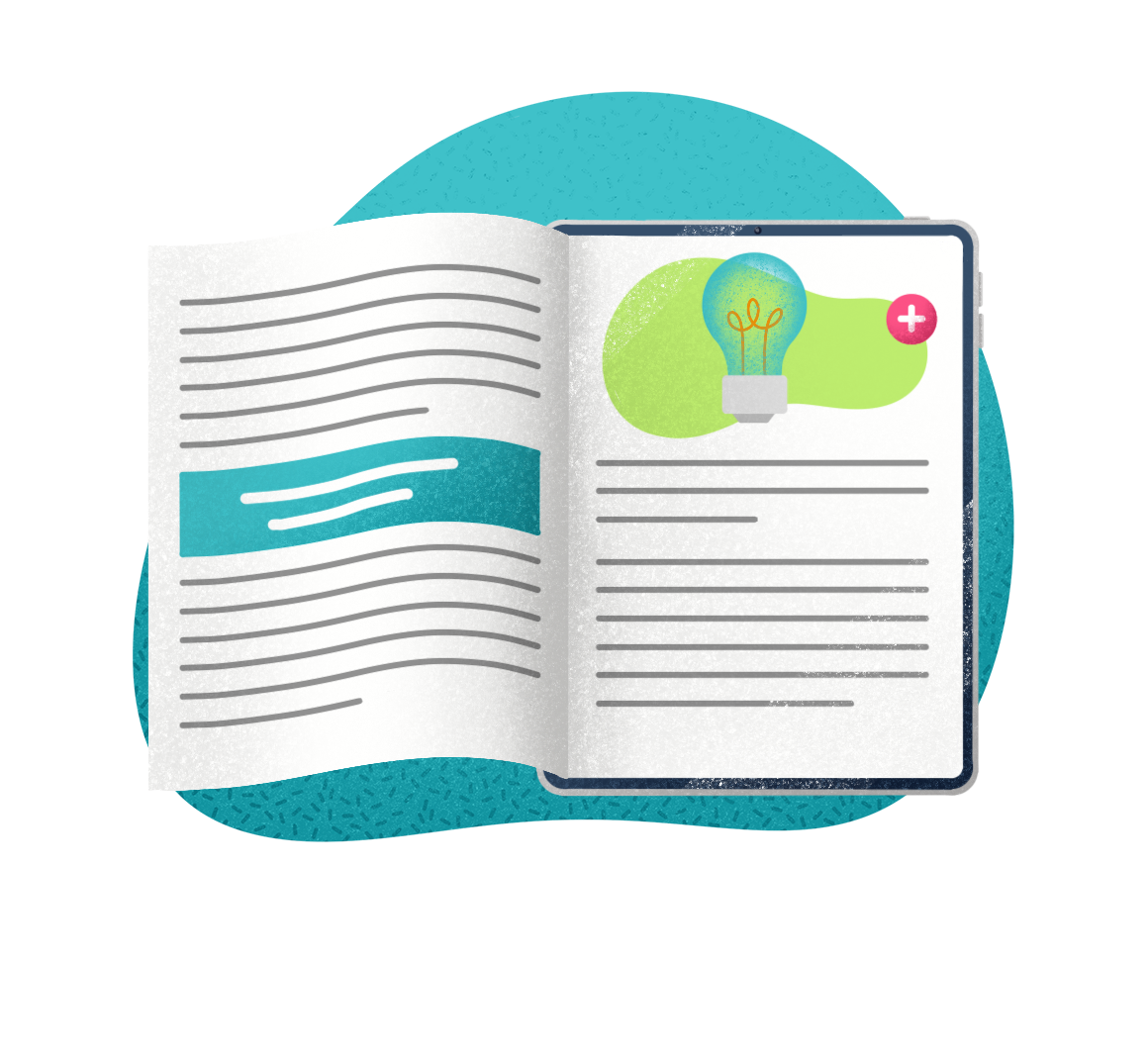93% of customers are likely to make repeat purchases with companies that have excellent customer service—a significant number.
Customers are everything. And those very same people may also be your employees.
With that in mind, businesses are constantly looking for new ways to improve their IT support to better meet the growing demands of employees in this ever-evolving world of technology.
One way that’s growing in popularity?
Multi-channel IT support—an innovative, people-centric approach to IT support that employs several communication channels (e.g., social media, online chat support, and phone) to provide more efficient support to users.
This blog post explores what multi-channel IT support is, the various channels where customers seek support, its benefits, and the challenges for implementing multi-channel IT.
6 Ways Customers Seek IT Support
At the heart of multi-channel support is the acknowledgement that users need a diverse set of ways to communicate (for both preference and accessibility). In doing so, companies empower their users—leading to more responsive and higher-quality support.
The popularity of the channels users seek for support varies based on the industry, target audience, and the nature of the products and/or service. For example, a cashier at a grocery store may not have access to a computer but can make a call for technical issues right from the counter. A young tech start-up is likely to have digitally dexterous employees collaborating regularly on Slack or MS Teams who would love to connect to IT in the same way they connect to peers. Different situations, people, and environments will enable different styles of work and communication.
Below are the 6 most common ways employees seek IT support.
- Phone Support – Phone support allows for direct, real-time communication between support agents and end users. The biggest drawback with phone support is that agents and users need to both be available at the same time for synchronous support. If there are no agents available, users either must wait or leave their number for a support agent to call them back at call back.
- Email – One of the biggest benefits of email communication is that it allows asynchronous communication between support agents and the end user—allowing communication only when it’s convenient for both parties. Email also allows both parties to include links to FAQs, add pictures, and detail all relevant information to the case without a character limit.
- Live Chat – A popular real-time interaction type for support is live messaging on company websites or in mobile applications. Instead of hopping on a phone, users can chat with support agents to receive quick replies to their queries. Live chat can be synchronous but also allows both parties to multi-task. This is great for users because it limits productivity loss if they are still able to do their work.
- Self-Service Portals (Knowledge Bases) – For quick problem solving or troubleshooting without reaching out to support, self-service portals and FAQs on company websites enable customers to resolve their issues without support interaction.
- Remote Assistance – Technology now enables support agents the ability to access customer devices remotely (with their knowledge and approval) to diagnose and resolve issues. This hands-on approach to support provides the hybrid experience of in-person and remote conferencing support. Another form of this for an issue that can’t be solved by remotely accessing a device, especially for hardware issues, is for users to mail in their equipment for it to be worked on—then shipped to them once the updates are complete.
- In-Person Support – Though rare for certain business and services, customers can seek IT support in-person at service centers and/or the business itself. An alternative is for companies to send a mobile unit out to the person’s place of work or home to perform the IT support onsite.
What Employees Care About for Tech Support
People have specific expectations when it comes to IT support. For example, 90% of users rate an “immediate” response as essential when they have a support question—60% of that 90% define under 10 minutes for “immediate.” To keep them happy (read: meet their expectations so they continue paying your business), you need to provide a positive experience and focus on building trust.
- Prompt response times – efficient and timely communication (especially considering it can impact their work and/or daily activities)
- Knowledgeable support agents – support agents who know what they’re doing and can provide a resolution quickly
- Clear communication – avoid technical jargon and explain what’s going on (or what needs to be done) in a way customers can understand. Another key part of this is providing clear status updates.
- Support accessibility – customers should be able to access IT support on their preferred medium (e.g., phone, email, or live chat)—this also means it should have a user-friendly UX
- Consistency – make sure your business has clear processes in place to ensure consistency across the level of professionalism and service provided through your different support mediums.
- Empathy – technical issues are frustrating. The more support agents understand this and can empathize with the customer, the better off the interactions will be—customers appreciate a human touch to feel seen and properly supported (makes the company feel less like an inanimate object and can increase the attachment one has to a brand or organization).
Benefits of Multi-Channel IT Support
- Enhanced Customer Experience – Let customers choose the most convenient support channel for their issue.
- Increased Accessibility – 24/7 support caters to a diverse user base in different time zones and lifestyles.
- Improved Overall Satisfaction – Faster issue resolution and reduced response wait times leads to happier customers.
- Better Problem Resolution – With data and tools at their fingertips, support agents can have more information about an issue a customer is experiencing, faster—leading to a more comprehensive understanding of the issue and effective resolution.
- Reduced Miscommunication – All of the data can be accessed by support agents in one place—no jumping around from platform to platform.
- Personalized Support – With access to more support channels and an ITSM platform in place, customer interactions can be personalized and tailored to individual preferences.
- Support Agent Task Prioritization – The use of automation technology for the completion of routine support queries enables support agents to work on more complex issues that require humans and aren’t as simple as sending a reset password email.
Challenges of Multi-Channel IT Support
- Channel Integration – It can be difficult to manage and implement multiple communication channels. However, with a robust IT infrastructure in place, data will flow seamlessly, and it will be easier to find information (or issues). This is why IT service management platforms are important. ITSM platforms ensure system compatibility to minimize disruptions during implementation—streamlining communication from the get-go.
- Support Agent Training – Installing new systems and updating processes means support agents will need to be trained in how to both navigate and utilize the new platforms. When performing support agent training for a new IT support platform, make sure the training is consistent across all sessions—all agents need to be on the same page. This training information should be regularly updated to keep agents informed about new channels and technologies.
- Resource Allocation – When using multiple channels to provide IT support, resources need to be properly allocated to ensure staffing and infrastructure are balanced to prevent bottlenecks and neglect.
- Customer Education – If customers don’t know what kind of support is available or where to go for support, they’ll end up frustrated. Make sure education about your company’s support channels is readily available and easily accessible. Also, it’s a good idea to provide FAQs and tutorials for customers to seek their own self-service support, both to empower them and to reduce unnecessary support requests (thus helping support agents keep a sustainable workload).
- Channel Analytics – With so many support channels available, it can be difficult to know what’s working and what’s not, or even just keep track of the types of queries coming in. Implementing monitoring tools with analytics will help you identify trends in query times and assess customers satisfaction via survey responses to make data-driven improvements in your IT support.
Multi-channel IT support is a strategic approach for companies looking to align their business with the expectations of tech-savvy, no-time-to-wait users (we get it). This communication across multiple channels provides a more personalized, efficient, and accessible approach to support—meet people where they are.
To successfully implement this level of support, companies need to carefully plan everything from what integrations are needed (i.e., which ITSM software works best) to what needs to be included in the employee training on the new systems. Multi-channel support is a necessary investment for all businesses looking to continue thriving in the digital age.

Infographic – The status of SMB IT in 2026
Explore how AI, automation & integrated ITSM/ITAM are reshaping IT strategy—at every scale.


